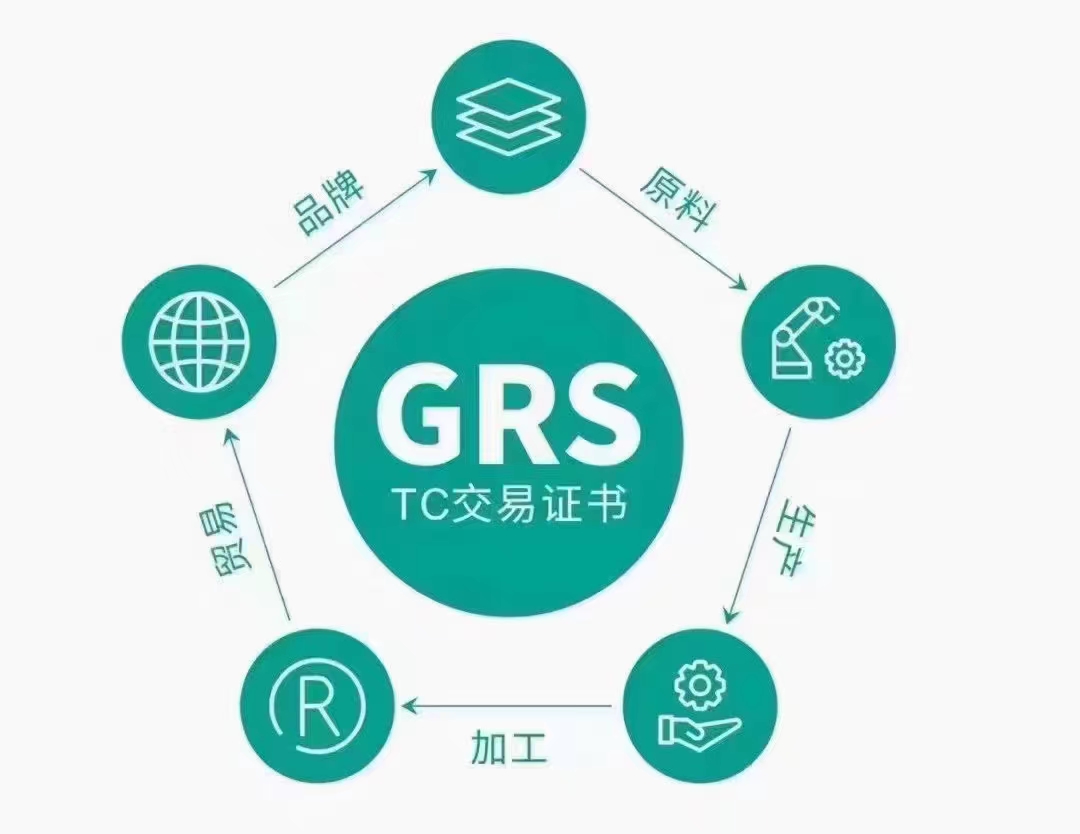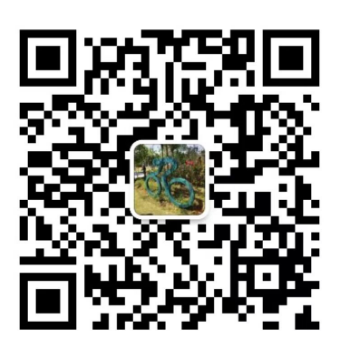GOTS认证辅导-GOTS对未成年工工时与工作时段的特殊限制
GOTS Section 4.4.3.3
GOTS第4.4.3.3节
“The Certified Entity shall not employ a Young Worker at night or in conditions that are hazardous to their physical and mental health and development …”
“被认证实体不得雇佣未成年工人在夜间工作或对其身心健康和发展有害的环境中工作......”
INTERPRETATION & GUIDANCE
释义与指南
• A "Young Worker" is someone older than minimum age, but younger than 18 years of age.
• “未成年工人”指年龄高于最低年龄但不满18岁者。
• For the purposes of Subsection 3.3.3, employment in conditions that are hazardous to physical and mental health and development corresponds with work which, by its nature or the circumstances in which it is carried out, is likely to harm the health, safety or morals of children as set out in C182 - Worst Forms of Child Labour Convention, 1999 (No. 182), Articles 3(d), 4; and as elaborated in R190 - Worst Forms of Child Labour Recommendation, 1999 (No. 190), Paragraphs 3-4. This can include but is not limited to:
• 根据第3.3.3节规定,在对身心健康和发展有害的环境下工作表示从工作性质或工作环境来看,很有可能对儿童健康、安全或品行有害的工作,如C182-1999年《最恶劣形式的童工劳动公约》(182号)第 3条(d)款和第4条规定,如R190-1999年《最恶劣形式的童工劳动建议书》(190号)第3-4款详述。包括但不限于:
a. work which exposes children to physical, psychological or sexual abuse;
a. 让儿童曝露在身体、心理或性虐待的环境中;
b. work underground, under water, at dangerous heights or in confined spaces;
b. 地下、水下、危险高度或受限空间内的工作;
d. work with dangerous machinery, equipment and tools, or which involves the manual handling or transport of heavy loads;
c. 使用危险机械设备和工具或牵涉人工搬运或转移重物的工作;
e. work in an unhealthy environment which may, for example, expose children to hazardous substances, agents or processes, or to temperatures, noise levels, or vibrations damaging to their health;
d. 在让儿童接触有害物质、药剂或工艺,或对其身体有害的温度、噪音水平或震动的不健康环境中工作;
f. work under particularly difficult conditions such as work for long hours or during the night or work where the child is unreasonably confined to the premises of the employer.
e. 在非常艰难的情况下工作,诸如长时间工作,在夜晚工作,或无理限制儿童呆在雇主经营场所内的工作。
• This also includes work determined as such by any national laws or regulations or by the competent authority, after consultation with the organizations of employers and workers concerned, whichever as between the ILO standards and national laws affords greater protection.
• 还包括任何国家法律法规确定的,或主管部门咨询所涉雇主组织机构和工人后确定的工作,两者以国际劳工组织标准和国家法律给予较高保护的为准。
• Age verification, for purposes of minimum age and young workers: The Certified Entities shall verify the age of their employees, preferably before employment, and should consider the following age verification techniques:
• 针对最低年龄和青少年工人的年龄验证:被认证实体应验证雇员的年龄,尤其是雇佣前,并且应该考虑使用以下年龄验证方法:
a. Medical examinations and documents;
a. 体检及体检报告;
b. Written affidavits and documents, especially those which are corroborating/corroborated;
b. 书面宣誓书及文件,尤其是目前有确证的宣誓书和文件;
c. Birth certificates, where available;
c. 出生证(如可提供);
d. End of compulsory schooling certificate for applicants and employees who are above minimum age;
d. 高于最低年龄的求职者和雇员已完成义务教育的证明;
e. School enrolment certificate for applicants and employees in light work;
e. 从事轻松工作的求职者和雇员的入学证明;
f. Culturally sensitive interviews with applicants and employees who appear to be too young.
f. 与看似年纪太小的求职者和雇员进行文化方面的敏感面谈。
• In assessing the foregoing, the Certified Entity shall keep in mind the degree of reliability of the source(s), including the possibility of falsified documents.
• 评估上述各项时,被认证实体应留意来源的可靠程度,包括文件是否可能伪造。
INTERPRETATION & GUIDANCE
释义与指南
• In certifying and auditing, regard shall be had not only to formal employment contracts and relationships; but also to any informal employment modalities or circumstances similar to employment which may have the effect of or may be conducive to avoiding or defeating the purpose of the child labour criteria. Particularly where the respective rights and obligations of the parties concerned are not clear, or where there has been an attempt to disguise the employment relationship.
• 证明和审核时,不仅应考虑正式劳动合同和关系,还应考虑可能有益于规避童工标准的任何不正规就业形式或情况。在所涉各方各自的权利和义务不明确,或曾尝试隐瞒劳动关系时,尤其应该考虑以上各点。




























 18576401396
18576401396 




